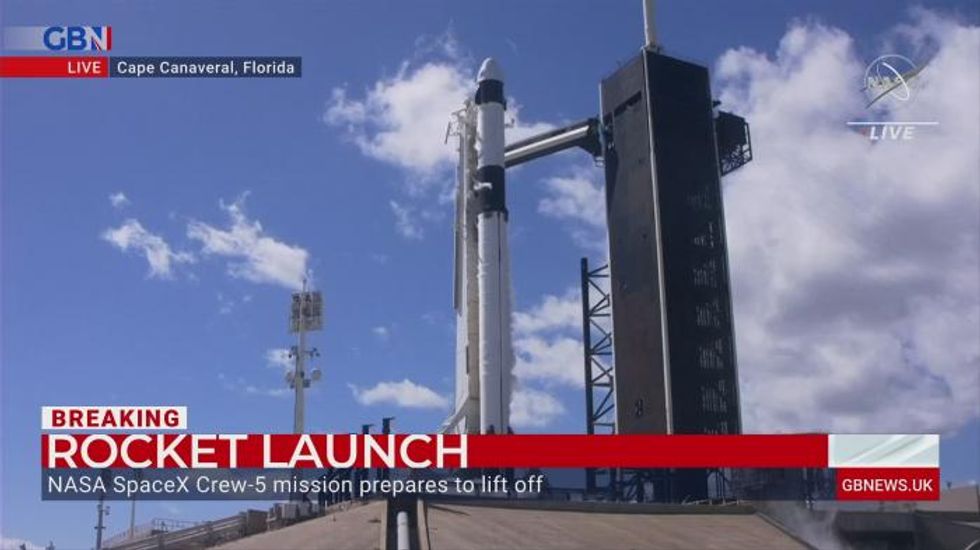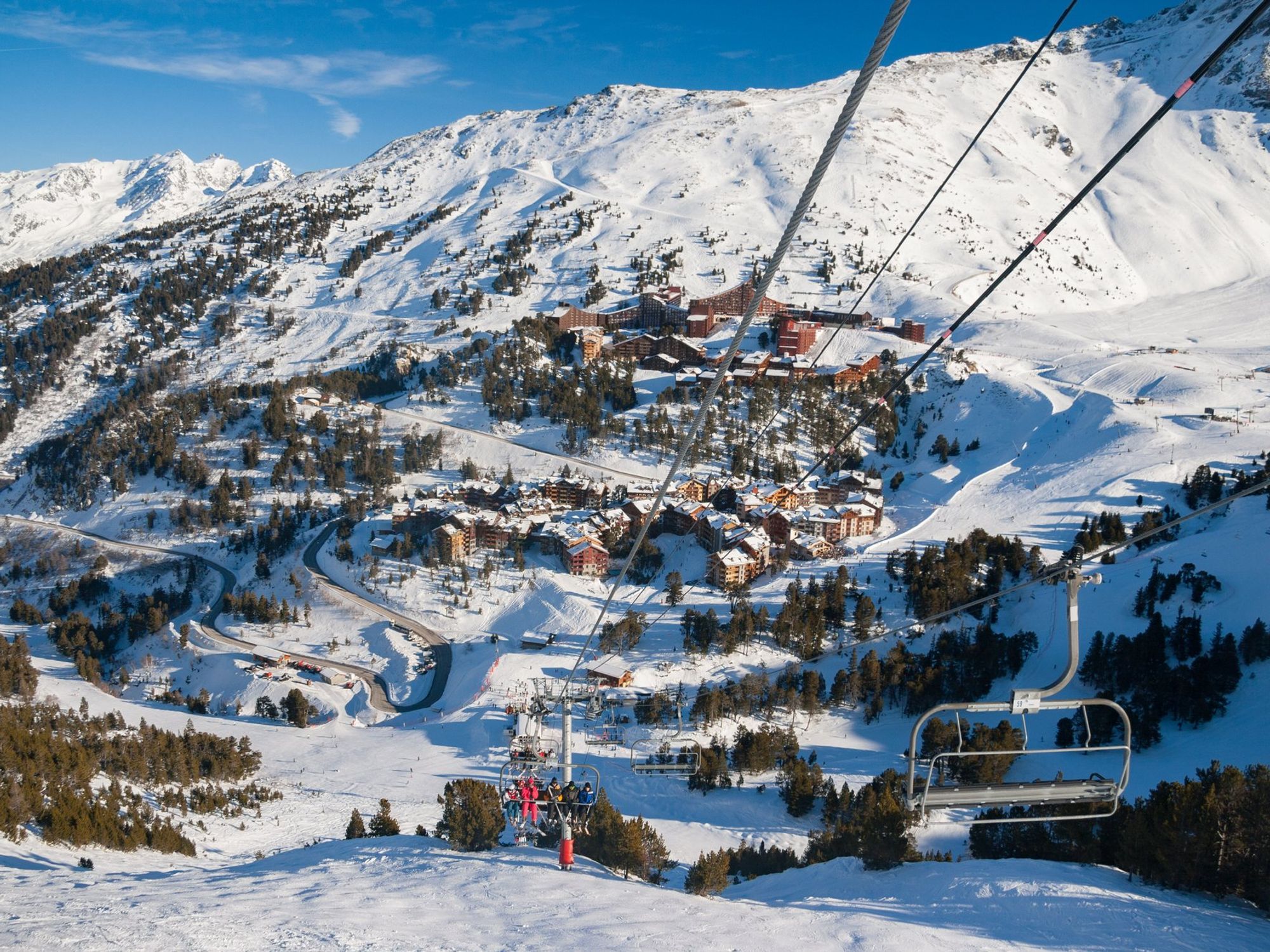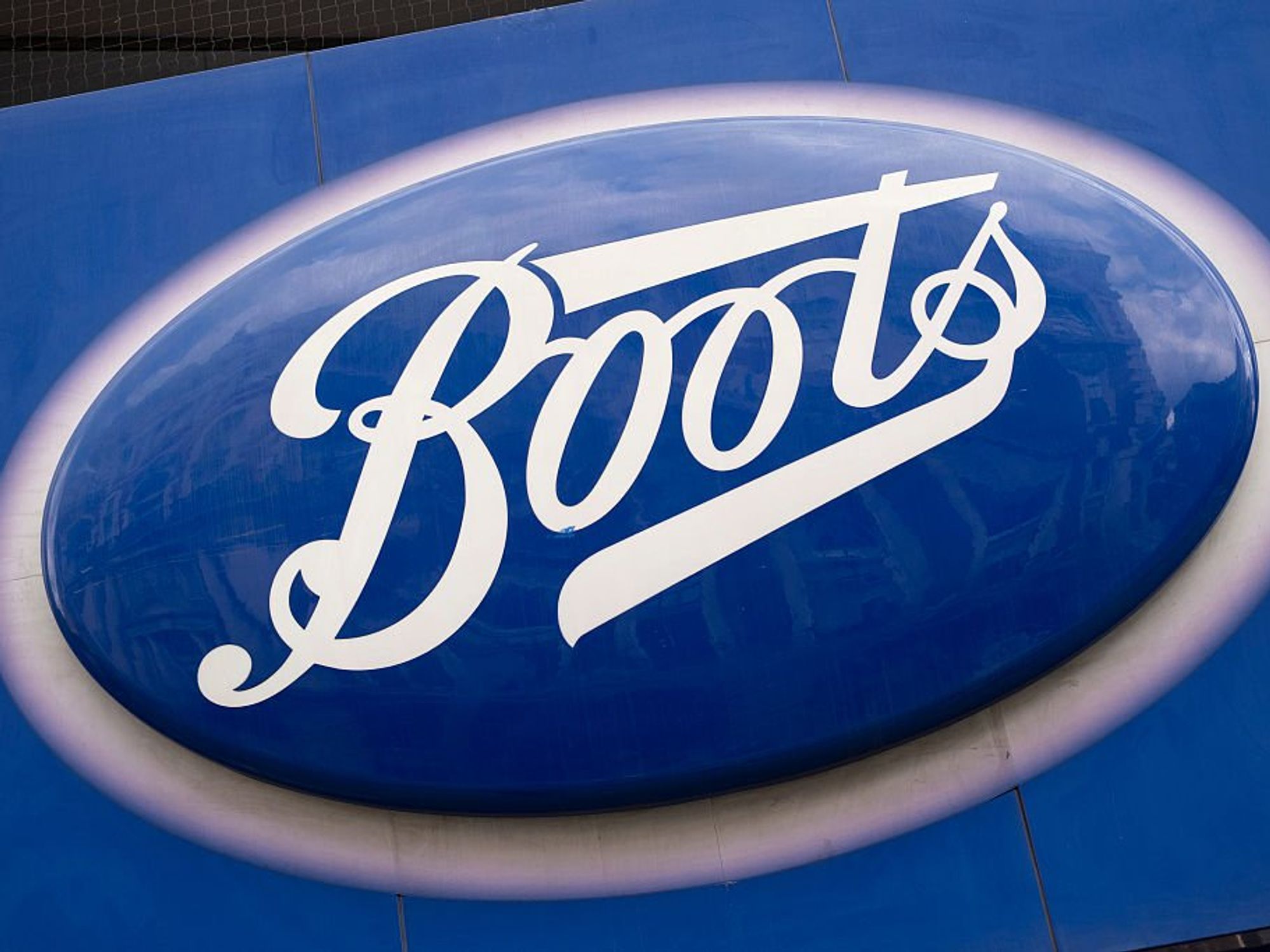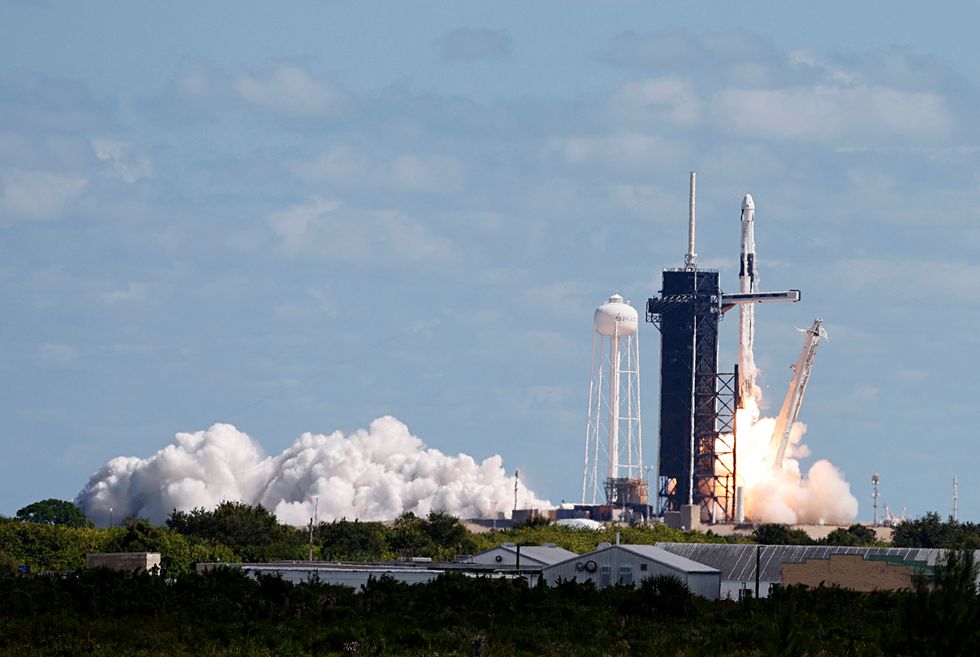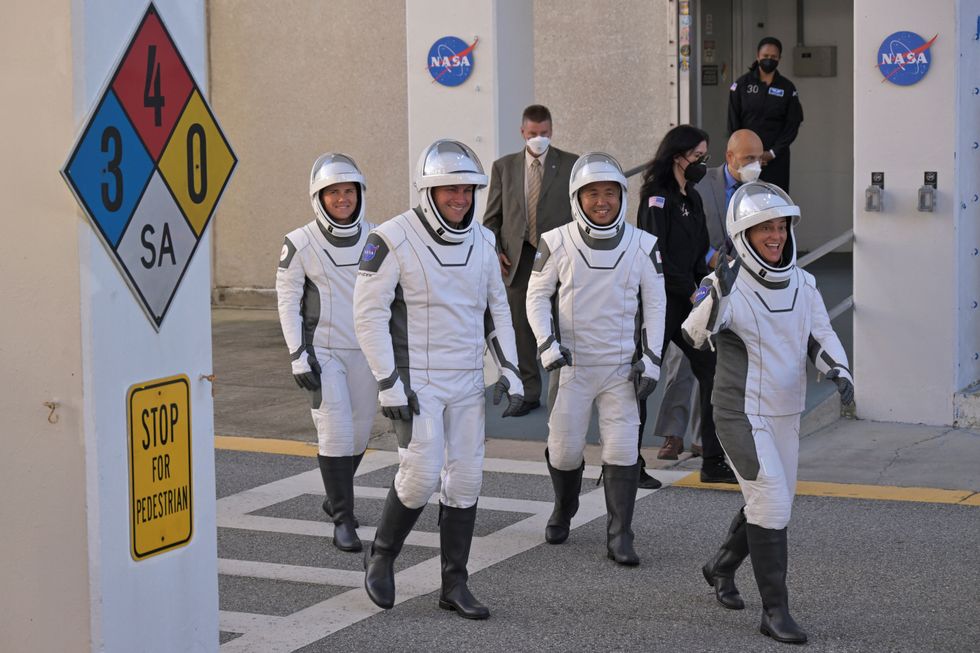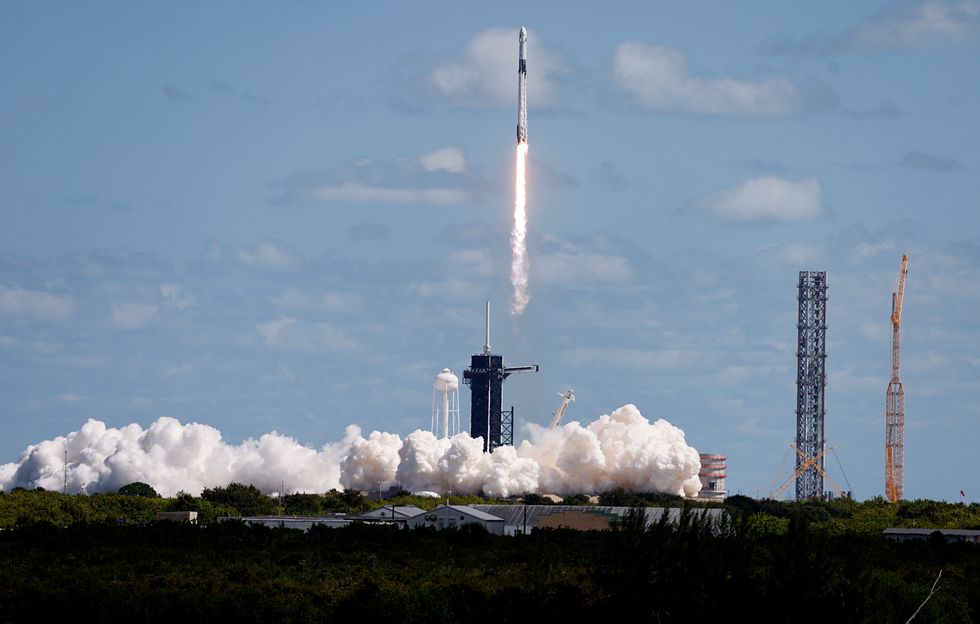Elon Musk's SpaceX launches NASA crew headed to space station

The mission, designated Crew-5, marks the fifth full-fledged ISS crew NASA has flown aboard a SpaceX vehicle.
Don't Miss
Most Read
Latest
Elon Musk's rocket company SpaceX launched the next long-duration crew of the International Space Station for NASA on Wednesday, including a Russian cosmonaut hitching a ride with two Americans and a Japanese astronaut as part of the mission.
The SpaceX launch vehicle, consisting of a Falcon 9 rocket topped with a Crew Dragon capsule dubbed Endurance, lifted off into clear skies at noon from NASA's Kennedy Space Center in Cape Canaveral, Florida.
A live NASA webcast of the blastoff showed the two-stage, 23-story-tall Falcon 9 ascending from the launch tower as its nine Merlin engines roared to life.
Within minutes of launch, the rocket's upper stage was set to deliver the Crew Dragon into a preliminary orbit. The reusable lower-stage booster, meanwhile, is designed to fly itself back to Earth to land on a drone recovery vessel floating at sea.
Elon Musk's rocket company SpaceX launched the next long-duration crew of the International Space Station for NASA on Wednesday.
JOE SKIPPER
The four-member crew and their autonomously flying capsule should reach the International Space Station (ISS) about 29 hours later on Thursday evening to begin a 150-day science mission aboard the orbital laboratory some 250 miles (420 km) above Earth.
The mission, designated Crew-5, marks the fifth full-fledged ISS crew NASA has flown aboard a SpaceX vehicle since the private rocket venture founded by Tesla.
The four-member crew and their autonomously flying capsule should reach the International Space Station (ISS) about 29 hours later on Thursday evening.
STEVE NESIUS
The latest team is being led by Nicole Aunapu Mann, 45, a veteran combat pilot making spaceflight history as both the first indigenous woman being sent to orbit by NASA and the first woman to take the commander's seat of a SpaceX Crew Dragon.
The Crew-5 mission is also notable for the inclusion of Anna Kikina, 38, the lone female cosmonaut on active duty with the Russian space agency Roscosmos, making a rare flight aboard an American spacecraft despite heightened U.S.-Russian tensions over the war in Ukraine. The last cosmonaut to ride a U.S. rocketship to orbit was in 2002 on a NASA space shuttle.
Kikina is essentially swapping places with a NASA astronaut who took her seat aboard a Russian Soyuz flight to the ISS last month under a new ride-sharing deal signed by NASA and Roscosmos in July.
Commander Mann, a U.S. Marine Corps colonel and a fighter pilot who flew combat missions in Iraq and Afghanistan, holds an engineering master's degree specializing in fluid mechanics. She also is among the first group of 18 astronauts selected for NASA's upcoming Artemis missions, aimed at returning humans to the moon later this decade, over half a century after the Apollo lunar program ended.
As a registered member of the Wailacki of the Round Valley Indian Tribes, Mann will become the first Native American woman to fly to space. The only other indigenous American launched to orbit was John Herrington, who flew on a 2002 shuttle mission.
The SpaceX launch vehicle, consisting of a Falcon 9 rocket topped with a Crew Dragon capsule dubbed Endurance, lifted off into clear skies at noon.
JOE SKIPPER
The designated pilot for Wednesday's launch is Mann's NASA astronaut classmate and fellow spaceflight rookie Josh Cassada, 49, a U.S. Navy aviator and test pilot with a doctorate in high-energy particle physics.
Rounding out the crew from Japan's space agency JAXA is veteran astronaut Koichi Wakata, 59, a robotics expert making his fifth voyage to space.
The Crew-5 team will be welcomed by seven existing ISS occupants - the Crew-4 team consisting of three Americans and an Italian astronaut - as well as two Russians and the NASA astronaut who flew with them to orbit on a Soyuz flight.
The new arrivals are tasked with conducting more than 200 experiments, many of them focused on medical research ranging from 3-D "bio-printing" of human tissue to the study of bacteria cultured in microgravity.
ISS, the length of a football field and largest artificial object in space, has been continuously occupied since November 2000, operated by a U.S.-Russian-led consortium that includes Canada, Japan and 11 European countries.
The outpost was born in part to improve relations between Washington and Moscow following collapse of the Soviet Union and the end of Cold War rivalries that spurred the original U.S.-Soviet space race.
NASA-Roscosmos cooperation has been tested as never before since Russia invaded Ukraine in February, leading the United States to impose sweeping sanctions against Moscow.
During a news briefing with NASA and SpaceX on Monday, a high-ranking Roscosmos official, Sergei Krikalev, said his agency has Moscow's approval to continue with ISS until 2024 and hopes to secure Kremlin "permission" to extend the partnership further, until Russia builds a new space station.
NASA hopes to keep the ISS running with its existing partners until roughly 2030.


